Optical Fiber Cable Factory introduces 10 steps of fusion splicing of optical cables:
1. Strip the optical cable and fix the optical cable in the splice box. When fixing multi-bundle tube-layer optical cables, since the fibers need to be coiled in layers, each bundle of tubes should be placed in sequence to avoid twisting. Put the optical cable into the splice box, and when fixing the steel wire, it must be pressed tightly, and there should be no looseness. Otherwise, it may cause the fiber core of the optical cable to roll. Be careful not to hurt the tube bundle, take about 1 meter of stripping length, and wipe off the ointment with toilet paper.
2. Pass the fiber through the heat shrink tube. Separate different tube bundles and optical fibers of different colors, and pass them through the heat-shrinkable sleeve. The fiber optic cable with the coating layer stripped off is very fragile, and the heat-shrinkable sleeve can be used to protect the fiber optic connector.
3. Turn on the power of the fusion splicer and select the appropriate splicing method. The power supply of the fusion splicer has two kinds of DC and AC, and it should be switched reasonably according to the type of power supply current. Before each use of the fusion splicer, the fusion splicer should be placed in the fusion environment for at least 15 minutes. Set the splicing parameters, pre-discharge time, time and main discharge time, main discharge time, etc. according to the fiber type. If there are no special circumstances, the automatic welding program is generally selected. The dust and fiber debris in the fusion splicer should be removed in time during and after use.
4. Make the fiber end face. The quality of the optical fiber end face will directly affect the splicing quality, so it is necessary to make a qualified end face before welding.
5. Cleaning of bare fiber Tear the cotton into small flat pieces, stick a little alcohol, clamp the stripped optical fiber, and wipe along the optical fiber axis with moderate force. Use different parts and layers of cotton each time, so that That is, the utilization rate of cotton can be improved.
6. To cut bare fiber, first, clean the cutter and adjust the position of the cutter. The cutter should be placed steadily. When cutting, the movement should be natural and stable, not heavy or light. Avoid bad end faces such as broken fibers, bevels, burrs, and cracks.
7. Place the optical fiber Put the optical fiber in the V-shaped groove of the fusion splicer, carefully press the optical fiber clamp and the optical fiber clamp, and set the position of the optical fiber in the clamp according to the cutting length of the optical fiber, close the windshield, and press the fusion button to complete the fusion automatically, the estimated loss value will be displayed on the display screen of the fusion splicer.
8. Remove the optical fiber and heat it with the heating furnace of the fusion splicer.
9. Coil the fiber and fix it. The scientific fiber coiling method can make the fiber layout reasonable, the additional loss is small, can stand the test of time and harsh environment, and can avoid the phenomenon of fiber breakage caused by the backlog. When the fiber is coiled, the larger the radius of the coil, the larger the arc, and the smaller the loss of the entire line. Therefore, a certain radius must be maintained to avoid unnecessary loss when the laser is transmitted in the fiber core.
10. Seal the splice box. The field connection box must be sealed well. If water enters the splice box, the attenuation of the optical fiber may increase due to the long-term immersion of the optical fiber and the optical fiber fusion splicing point in the water.
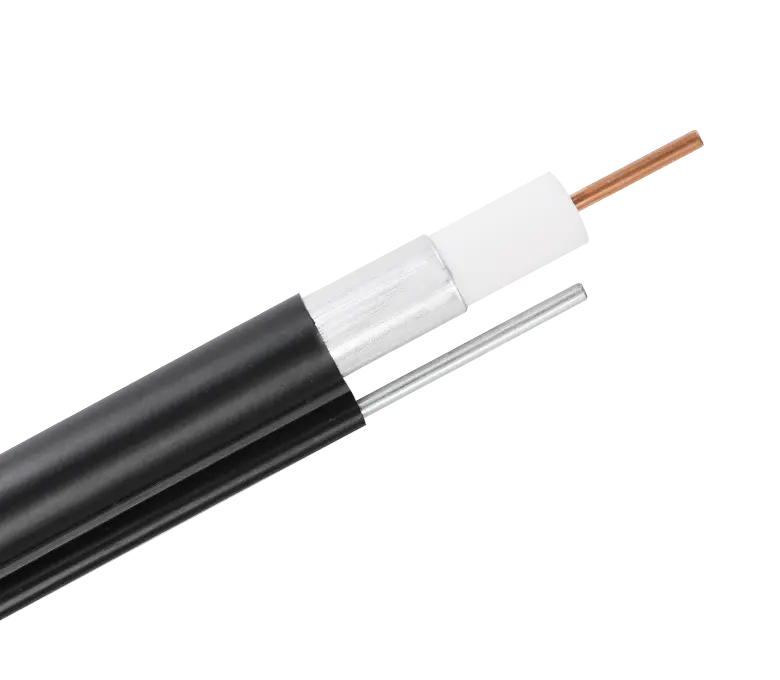
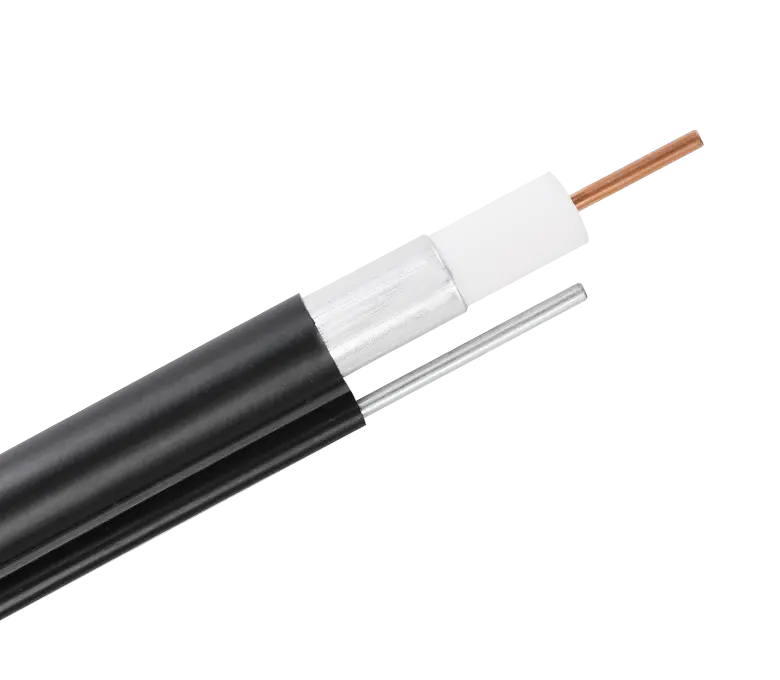
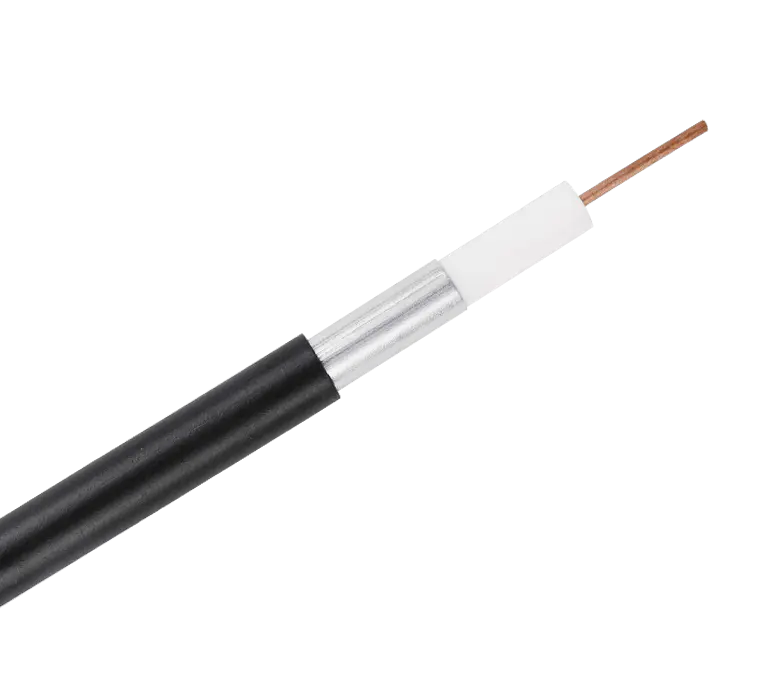
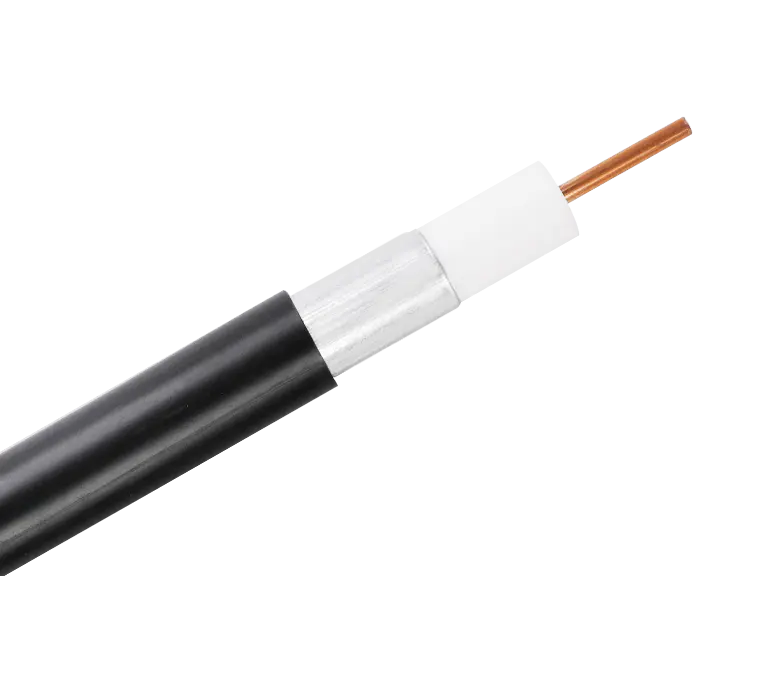
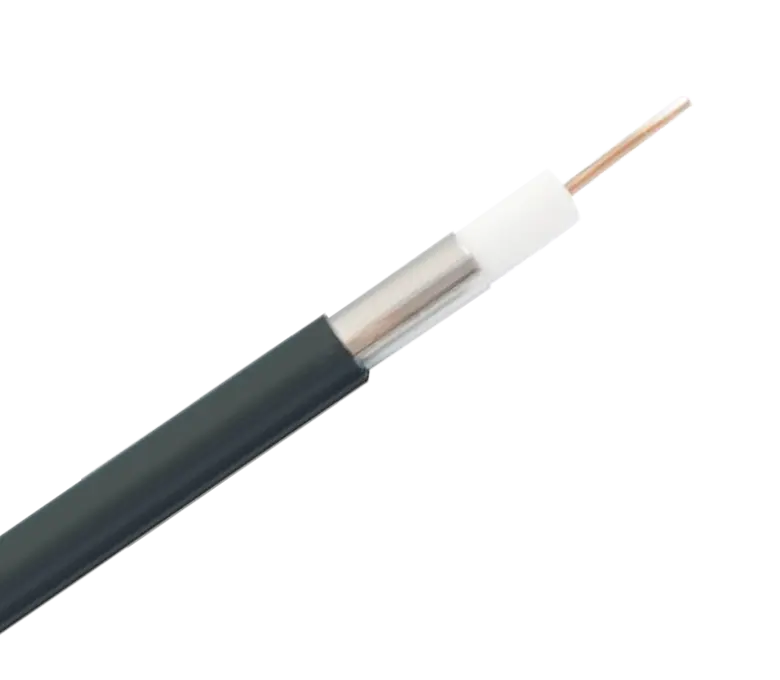
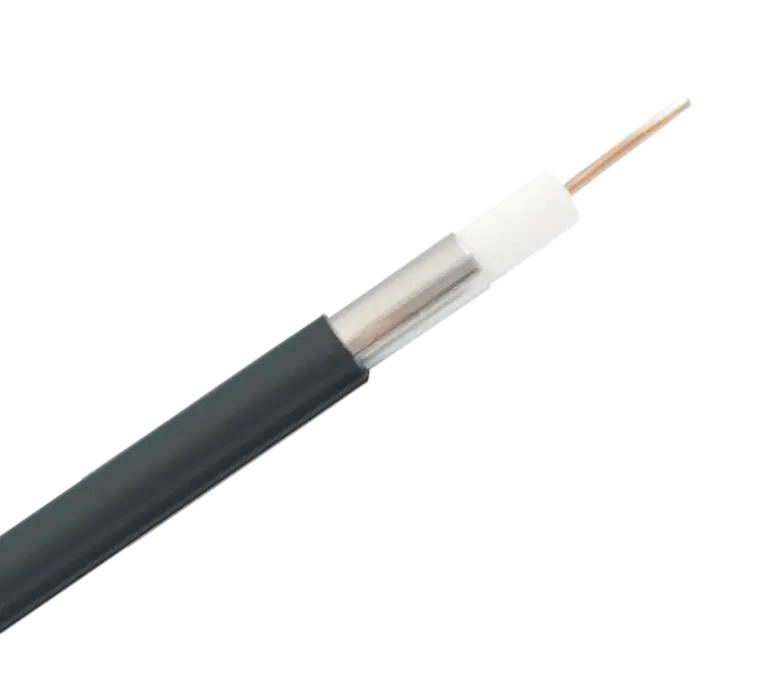
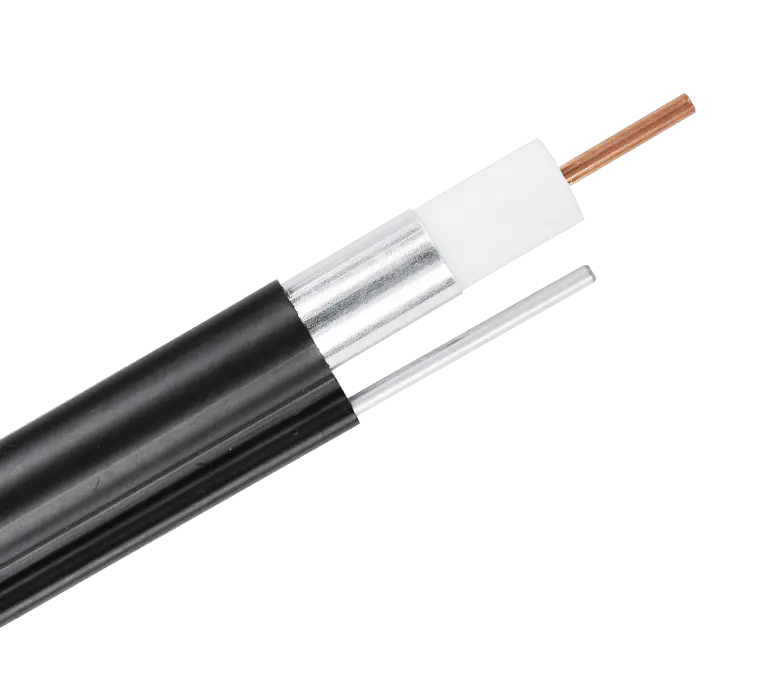
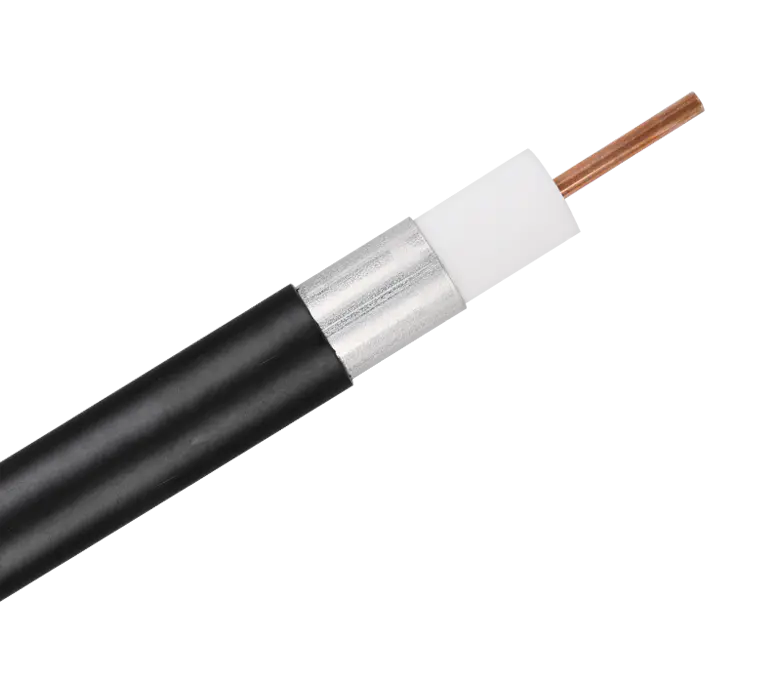
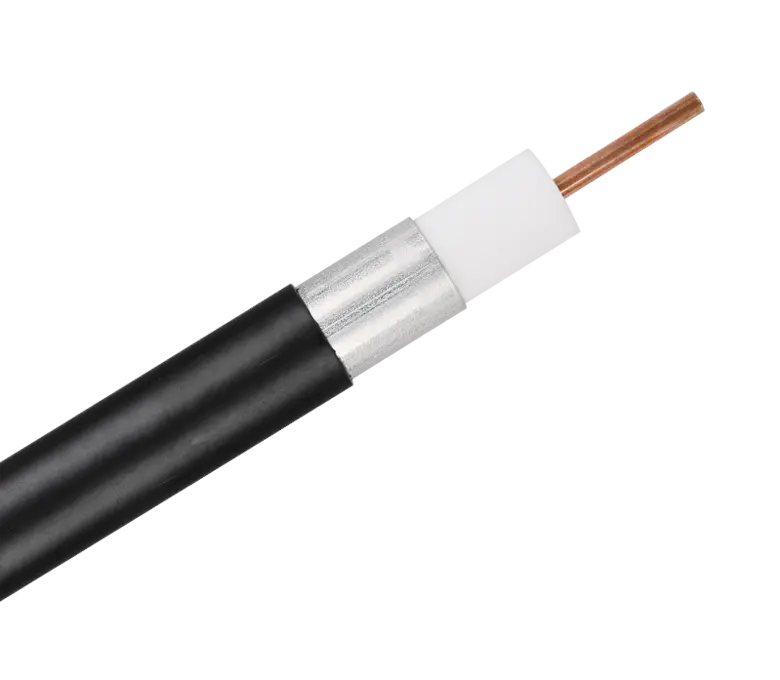
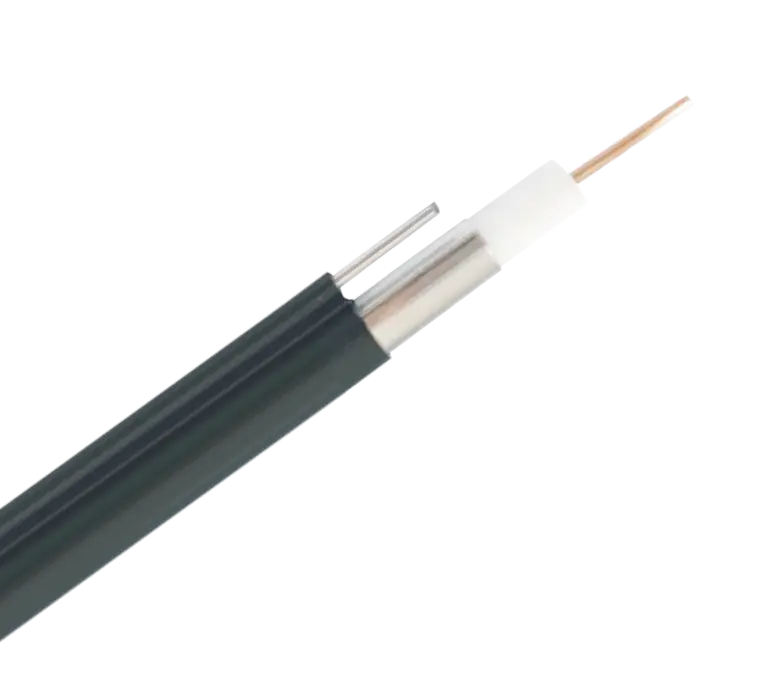
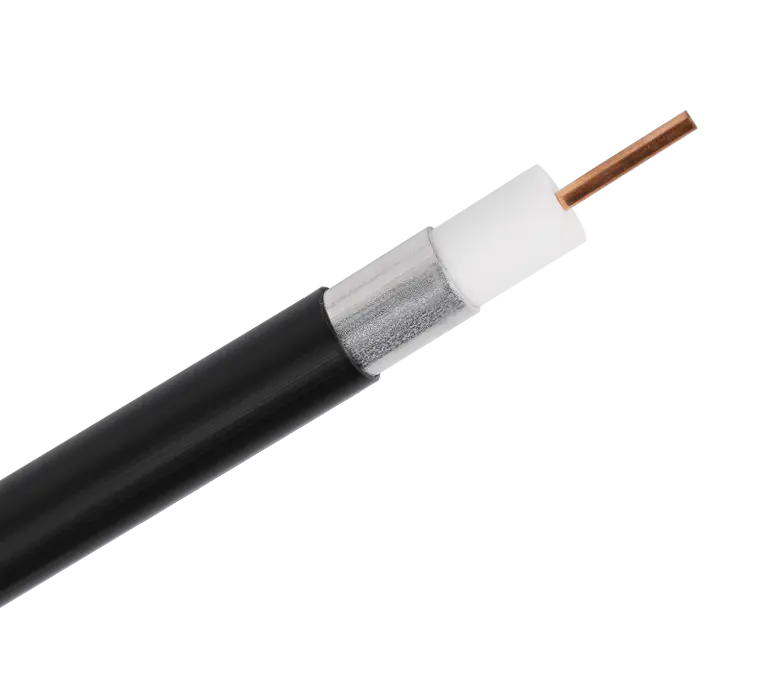
 浙公网安备33018502001191号
浙公网安备33018502001191号